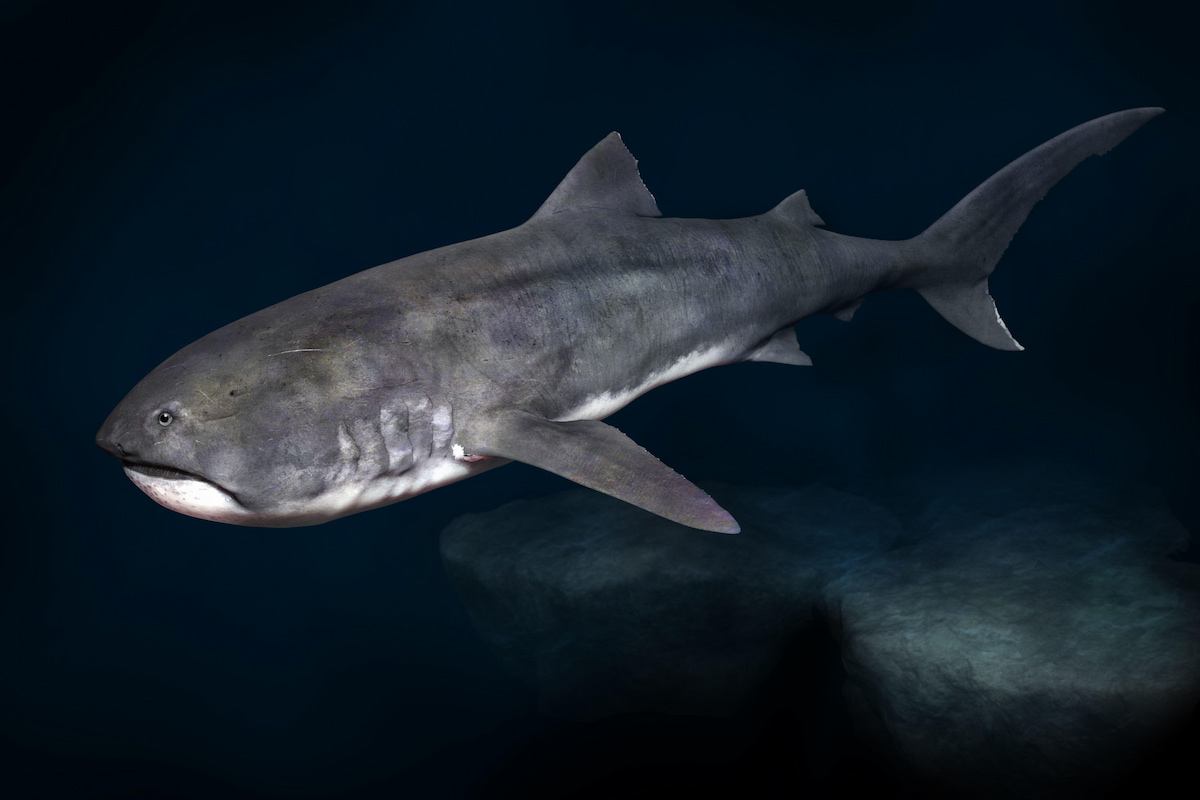Despite being megabig, the megamouth shark has stayed relatively hidden in the sea for ages—having only been discovered in 1976. These sharks were found off the coast of Hawaii when one was accidentally caught after getting entangled in deep naval equipment. This elusive shark has been sighted only about 69 times in the wild, so very little information is known about these gentle giants.
Megamouth sharks remain among the world’s most rarely seen sharks. Dive into the deep, dark ocean and learn more about megamouth sharks.
See more wonderful ocean animals!
Enter your email and never miss an update
again or contact 1.888.780.6763
var form = document.getElementById(’email-signup-66cce4611ccb0′);
form.querySelector(‘.rsform__field–email’).addEventListener(“nb:result”, e => {
var nbStatus = form.querySelector(“[name=”nb_email_status”]”);
var nbDate = form.querySelector(“[name=”nb_validation_date”]”);
var currentDate = new Date();
nbStatus.value = e.detail.result.response.result;
nbDate.value = currentDate.toISOString().split(‘T’)[0];
grecaptcha.enterprise.ready(async () => {
var tokenField = document.querySelector(“#email-signup-66cce4611ccb0 [name=”token”]”);
var token = await grecaptcha.enterprise.execute(‘6Lcmr3shAAAAAAVRlvJrsUufEEQuItzNDlkpmB2g’, {action: ‘verify’});
tokenField.value = token;
});
});
<!– –>
Megamouth Shark
Megachasma pelagios
The scientific name is Greek for giant yawner of the open sea.
Habitat and Range
The megamouth shark lives in the open ocean at both shallow and deeper depths. Scientists believe that megamouth sharks migrate vertically following swarms of krill. During the day, they remain at deeper ocean depths, and then as night falls, they swim towards the surface, following their food.
Their range in the ocean is not known, but scientist believe they swim worldwide in tropical and temperate waters.
Physical Appearance
The megamouth shark has a rounded nose, bulbous head and huge mouth. Its body color is dark gray-brown on top and light gray to white below. Scientists believe they grow up to 17 feet long and weigh up to 2,700 pounds.
They also have specialized body parts that prevent the shark from sinking—this includes a soft body with a large oily liver, flabby muscle and a poorly calcified skeleton.
The megamouth shark is not aerodynamic or built for speed. As a result of their body shape, they are very poor swimmers.
Diet and Reproduction
Megamouth sharks are filter feeders (like basking sharks). Megamouth sharks eat krill and other plankton. They swim in the ocean with their mouths open in the hopes of catching a yummy snack. In order to increase their chances of attracting prey, the inside of their mouths have light-producing organs that help attract small critters—just a like a moth to a flame—which helps ensure the megamouth captures its prey.
Scientists confirmed in 2023 that megamouth sharks give birth to their offspring live, rather than laying eggs. Unfortunately, a dead female megamouth shark washed up on the shores of the Philippines. She was pregnant with seven pups at the time of her death, which lead to the scientific discovery about their reproduction.
Age and Population Status
IUCN lists megamouth as “Least Concern,” but no real data on population sizes and distribution exists at this time.
How You Can Help Megamouth Sharks
Megamouth sharks are part of the ocean ecosystem and integral to a healthy food chain. It’s up to all of us to help protect megamouth sharks and all the animal living in the sea. Ocean Conservancy is working with you to protect the ocean from today’s greatest global challenges. Together, we create evidence-based solutions for a healthy ocean and the wildlife and communities that depend on it.
Please make a donation to Ocean Conservancy—give today and make a difference for the future of our ocean!
The post Megamouth Sharks are Megacool appeared first on Ocean Conservancy.

